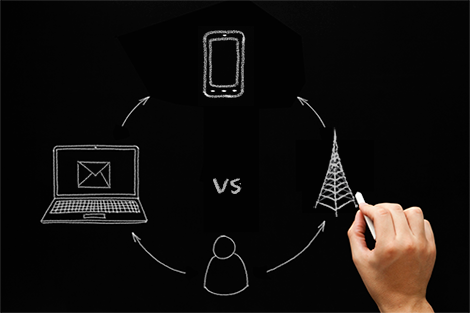A Text Is a Text Is a Text... or Is It?
Not all texts are equal. Texts can be transmitted in many ways, but they are most commonly sent using one of two methods: via SMTP (simple mail transfer protocol) or via true SMS technology. The end-user can't tell the difference, but the distinction matters.
SMTP routes information by sending emails to cell phone numbers. Messages are delivered free of charge, but they're also less likely to be delivered. To prevent spam, many carriers sometimes do not accept these types of messages.
SMS routes information using wireless networks, via cell phone carriers. Delivery is more reliable, but the end user and the sender also incur a charge. In the U.S., some cell phone companies charge to both send and receive an SMS text message, though this may change in the future.
Why Texts Might Be Best in Emergencies
All phone systems—voice, SMS, web-based messaging—can experience overload or have delivery problems during a period of high use. SMS may be the better choice for public health programs during emergencies and for routine use because the carrier will continue attempting to send the message until it is successful.
Next, we'll explain the life of a text message in Large Scale Texting.


